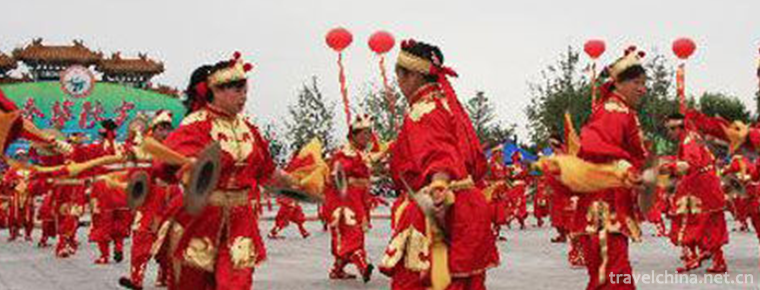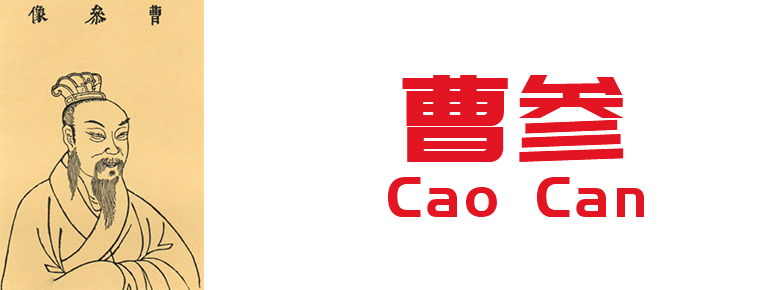2019-05-04

- By ChinaWiki.net
- Chinese Edition
- 2020-12-12
Characteristics and types of Chinese embroidery
The main artistic features of hand embroidery are neat patterns, beautiful silk, fresh and elegant colors, rich needlework, appropriate elegance and beauty, and exquisite and exquisite embroidery. As far as the needling methods of embroidery are concerned, they are extremely rich and changeable. There are 43 kinds of 9 categories, mainly including uniform needle, swing needle, trocar needle, application needle, random needle, rolling needle, cutting needle, Pingjin, spot, punch, knot, net embroidery, ice stitch, cross stitch, Najin, scale cutting needle, wool applicator, bead piercing needle, etc. different line organization and unique manual embroidery can be produced by using different needling methods The effect of operation was evaluated.
For example, the rare birds and animals embroidered with needles and rolling needles are vivid and lifelike; the flowers embroidered with loose needlework are vivid and vivid; the figures and landscapes embroidered with random needles are characterized by changeable velvety organization, strong decorative taste, strong artistic effect and rich folk and national characteristics; embroidery is an excellent traditional Chinese craft, which has a long history A long history. Embroidery is a process of weaving various patterns on fabrics with various thread materials. According to the silk paintings and embroidery unearthed from various ancient tombs, it can be seen that as far back as the Yin and Zhou dynasties more than 3000 years ago, China had beautiful dark silk and colorful embroidery. The Shang Dynasty embroidery found in Henan is the earliest embroidery handicraft in China. This kind of embroidery pattern is rhombic pattern and broken angle wavy pattern, and twisted silk thread is used at the edge of the pattern line, and the technology has reached a very high level. The embroidery marks of the Western Zhou Dynasty (1100-771 BC) were found in the tomb of the Western Zhou Dynasty in rujiazhuang, Baoji, Shaanxi Province. This kind of embroidery adopts the method of braid and strand embroidery, which is still used today. It uses double lines. The lines are comfortable and the stitches are quite uniform and neat. It shows that the embroidery skills are very skilled.
The production of this kind of silk embroidery handicraft not only plays a great role in Chinese society, but also has a great influence on international cultural life. By the Qin and Han Dynasties (221-220 BC), embroidery had developed to a higher level, and embroidery became the main export commodity. As China is the hometown of silk, since ancient times, the rich have taken the "boudoir embroidery building" as their chastity. Beijing embroidery, Wenzhou embroidery, Shanghai Gu embroidery, etc., have different origins and styles. The needling techniques of embroidery include wrong needle embroidery, random needle embroidery, net embroidery, and all over the ground embroidery. The embroidered flowers are fragrant and the birds are lifelike. The animal looks lifelike. After liberation, China applied oil painting, Chinese painting, photos and other art forms to embroidery, so as to achieve the wonderful effect of painting from a distance and embroidery from near. The use of embroidery has also been further expanded, from theatrical costumes to pillowcases, tablecloths, screens, wall hangings and daily life clothes. In addition, embroidery is a traditional foreign trade product of China, with high economic value.
Ask a Question
Your email address will not be published.



0 Questions